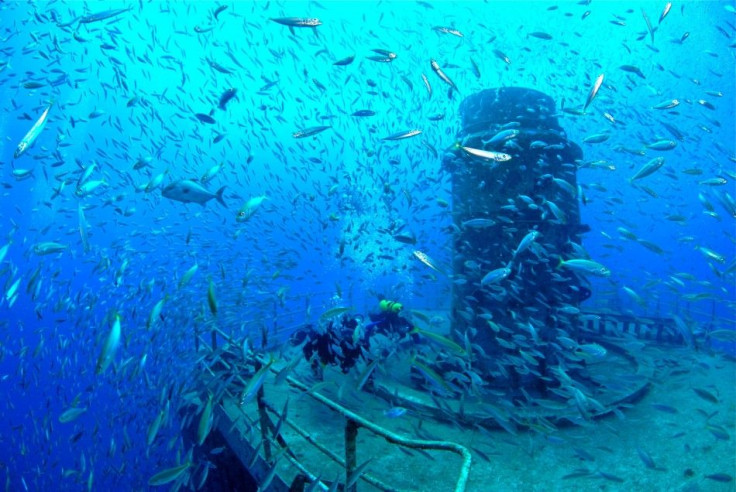New Species That Breathe Arsenic Discovered In The Pacific Ocean

Scientists have discovered that microorganisms deep in the Pacific Ocean breathe arsenic – an element that is poisonous to humans. Researchers believe that this may be an ancient survival strategy, which was probably used by organisms during a time when oxygen was limited on Earth.
“Thinking of arsenic as not just a bad guy, but also as beneficial, has reshaped the way that I view the element,” said Jaclyn Saunders, the lead author of the study and a postdoctoral fellow at the Woods Hole Oceanographic Institution and the Massachusetts Institute of Technology.
“We’ve known for a long time that there are very low levels of arsenic in the ocean,” said the study's co-author Gabrielle Rocap, a professor of oceanography at the University of Washington. “But the idea that organisms could be using arsenic to make a living — it’s a whole new metabolism for the open ocean.”
The scientists studied samples of seawater from a region of the ocean where oxygen is practically non-existent. The researchers believe that such areas are expanding due to the onslaught of climate change. The scientists also opine that as the effects of climate change continue to alter oceans and ecosystems underwater, organisms may have to adapt, especially in the event that oxygen becomes scarce once again.
“In some parts of the ocean there’s a sandwich of water where there’s no measurable oxygen,” Rocap said. “The microbes in these regions have to use other elements that act as an electron acceptor to extract energy from food.”
The researchers discovered that the arsenic-breathing microorganisms likely make up for one percent of the underwater microbial ecosystem. These microbes could also be related to arsenic-breathing microbes previously found in hot springs or contaminated land masses.
“What I think is the coolest thing about these arsenic-respiring microbes existing today in the ocean is that they are expressing the genes for it in an environment that is fairly low in arsenic,” Saunders said. “It opens up the boundaries for where we could look for organisms that are respiring arsenic, in other arsenic-poor environments.”
“For me, it just shows how much is still out there in the ocean that we don’t know,” Rocap added. “Right now we’ve got bits and pieces of their genomes, just enough to say that yes, they’re doing this arsenic transformation.The next step would be to put together a whole genome and find out what else they can do, and how that organism fits into the environment.”
The new study has been published in the Proceedings of the National Academy of Sciences.
© Copyright IBTimes 2024. All rights reserved.





















